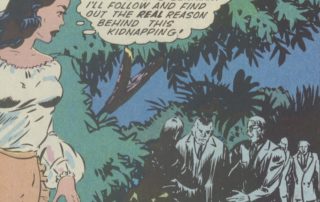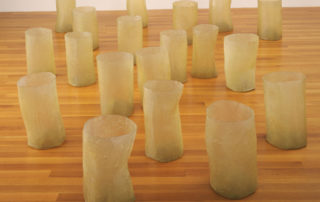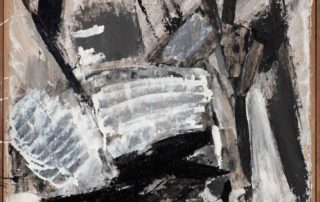Lily Renée (1921-2022):
From Refugee to Renown
Featuring Trina Robbins, Adrienne Gruben and David Armstrong
Lily Renee arrived during the Holocaust in New York City as a teenager, and somehow found work in the male-dominated comic book world. By the time of her retirement, she had become a legend and her heroic female characters--like Lily herself, smashing through the glass ceiling of gender expectation--and shaping figures that would inspire several generations of young readers, both girls and boys, to rethink the norms that so often otherwise surrounded them. Image above: Lily Renée, Senorita Rio, Fight Comics, Fiction House, not dated. Trina Robbins collection. Lily Renée, Lily Renée, The Werewolf Hunter, Fiction House, not dated (probably 1948). Trina Robbins collection © Lily Renée Lily Renée, The [...]






